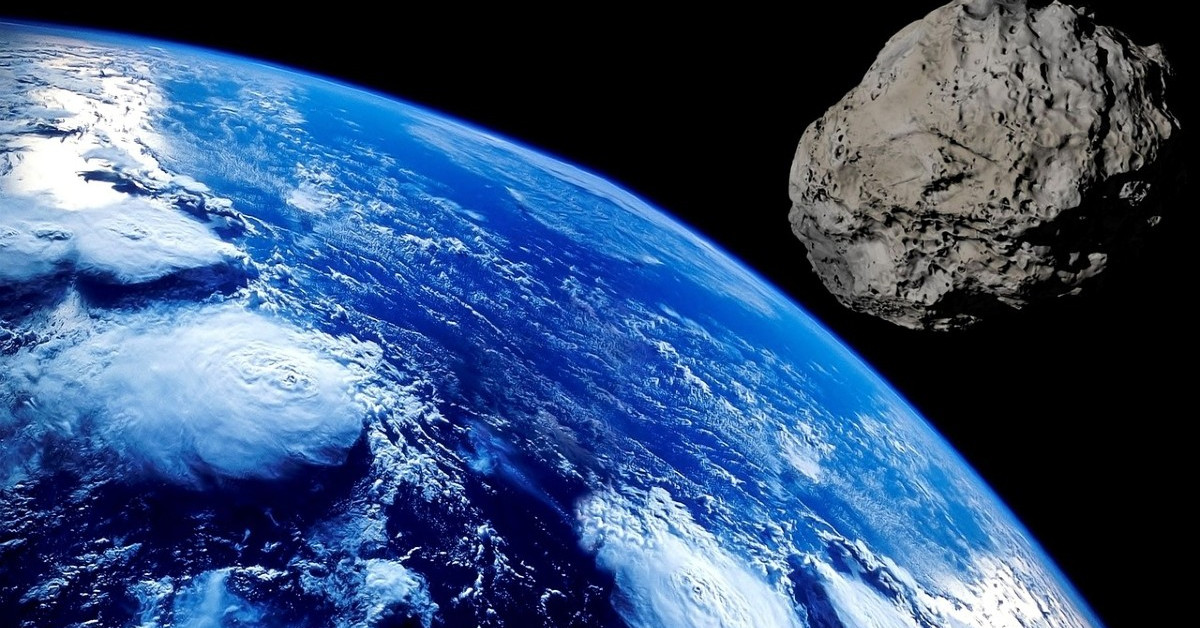Asteroid (Image: Pixabay)
According to recent measurements, asteroid 33 Polyhymenia is made of material so dense that it could be composed of elements not yet seen on Earth.
IFLScience website A report has been written Physicists at the University of Arizona searched the sky for particles denser than osmium, the densest and naturally stable element, namely CUDOs (compact ultra-dense objects). Elements with a higher atomic number than osmium (76) (each element has exactly the same atomic number as the number of protons in the nuclei of the atoms that make up the element) include iridium and platinum, which also exist under natural conditions, but none of them are as dense as osmium.
Neptunium with serial number 93 is the first element that can only be produced artificially. Currently, the element with the highest registration number, which has already been discovered, is the element with registration number 118; All items with registration numbers above are presumptive items only at this time. The higher up you move on the periodic table among the elements, the less stable they are, the more likely they are to be radioactive and to have a very short half-life.
One of these asteroids under study is 33 Polyhymnia, named after the Greek goddess, which is located in the asteroid belt of the solar system (the part between the orbits of Mars and Jupiter) and was discovered by the French astronomer Jean Chacornac in 1854. According to previous measurements, the density of the asteroid – which was Its calculation of the influence of gravity on the motion of other celestial bodies in the solar system and the diameter of the asteroid exceeds the density of osmium, making it a promising target for further research. .
The Arizona research team attempted to model the physical properties of elements larger than 110, but according to the models, none of these elements were able to reproduce observations of asteroid 33 Polyhymenia. However, an imaginary element with an atomic number much higher than the last proven element in the current periodic table, with 164 protons in its nucleus, may have properties consistent, according to expectations, with the density of the asteroid. “If a large portion of the asteroid consists of such an extremely heavy metal, it is conceivable that the density of the asteroid would be close to the density according to instrumental measurements,” physicists said in a statement.
One of the authors of the study, Jan Ravelski, added, “All superheavy elements – all those that are in an unstable state and also those that have not yet been observed – have a common name ‘unobtanium’ (roughly: inaccessible in Hungarian).” . “Such elements could be quite stable and the possibility of them occurring in the solar system is an exciting proposition,” he added. The study is in the European Physical Journal Plus Back.












































